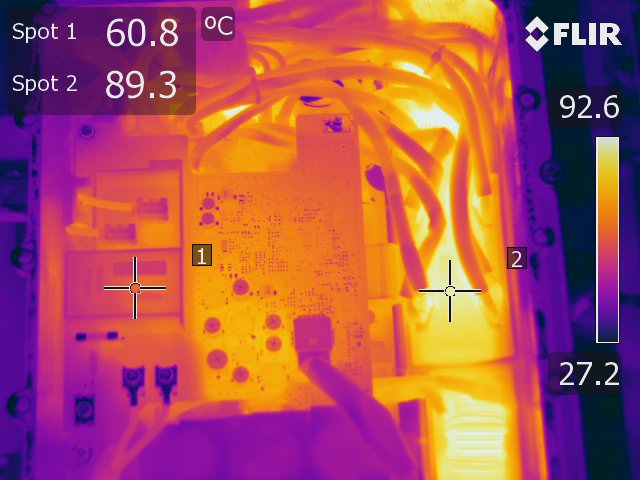I have a 2023 Outlander PHEV. I have a Siemens level 2 charger at home. It is attached to a 30 Amp 240v circuit. Theoretically it should be able to provide 7.2 KW of charging. This should charge a 20KWH battery from 0% to 100% in less than 3 hours.
When I got home last night my electric gauge was at about 25%. Theoretically the vehicle should have charged in a little over 2 hours. It took around 6 hours. This would indicate it is only charging at around 2.4KW.
My previous Honda Clarity and my wife's Tesla Model 3 both charge at or near the rated power rating of the charger.
What is throttling the Outlander's charging speed?
Can this be adjusted?
When I got home last night my electric gauge was at about 25%. Theoretically the vehicle should have charged in a little over 2 hours. It took around 6 hours. This would indicate it is only charging at around 2.4KW.
My previous Honda Clarity and my wife's Tesla Model 3 both charge at or near the rated power rating of the charger.
What is throttling the Outlander's charging speed?
Can this be adjusted?

